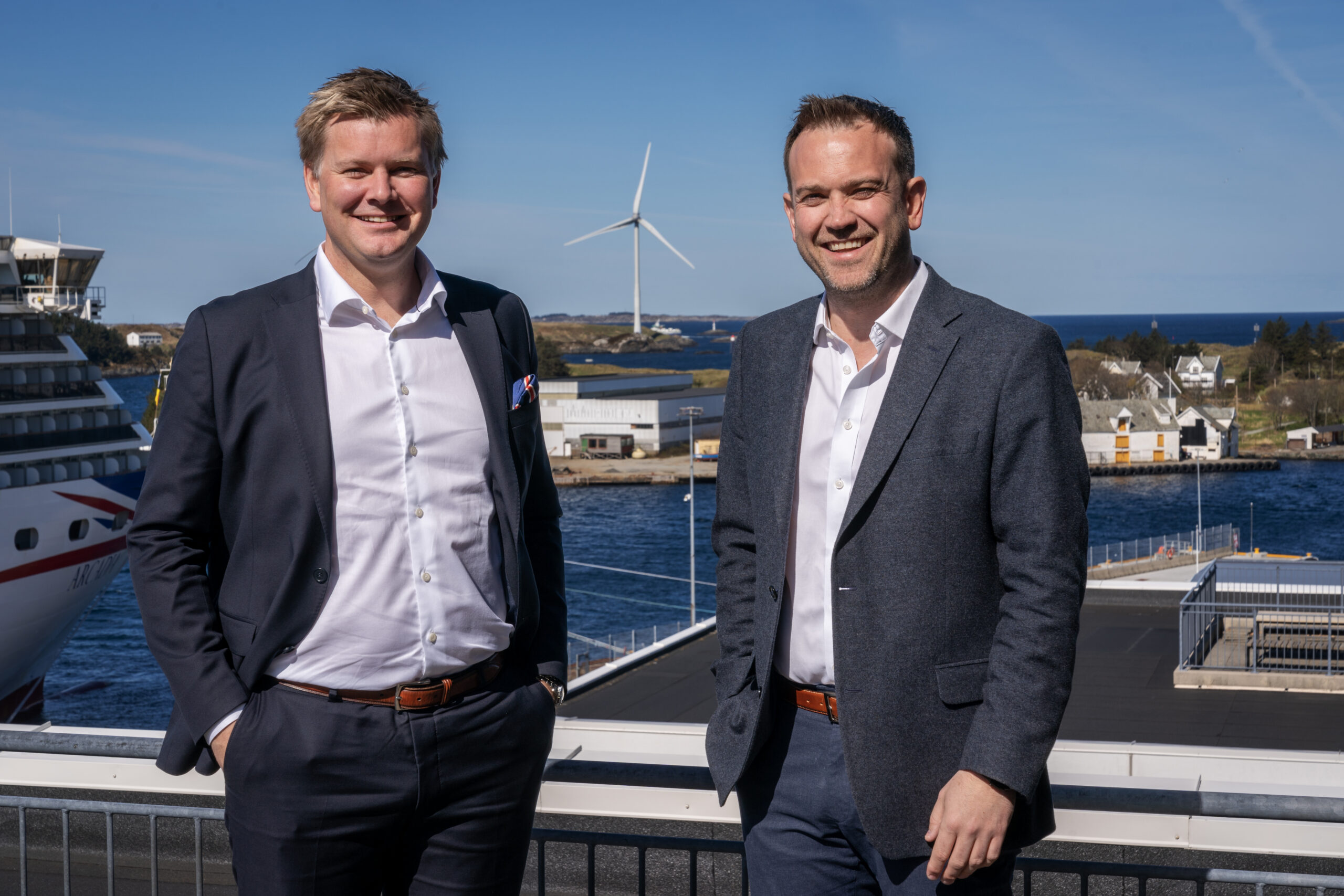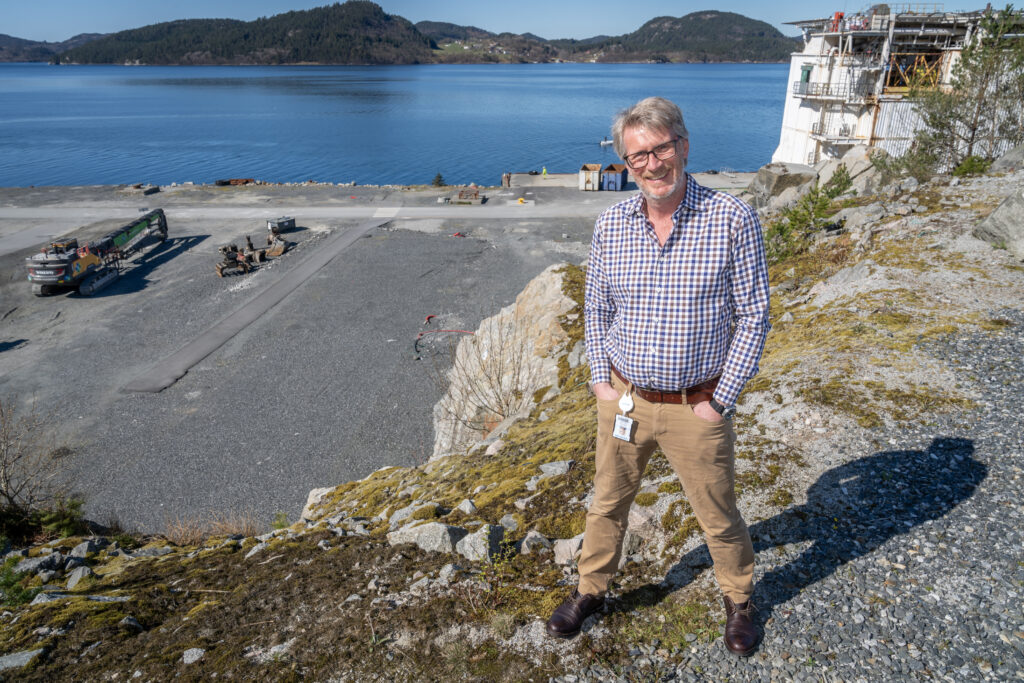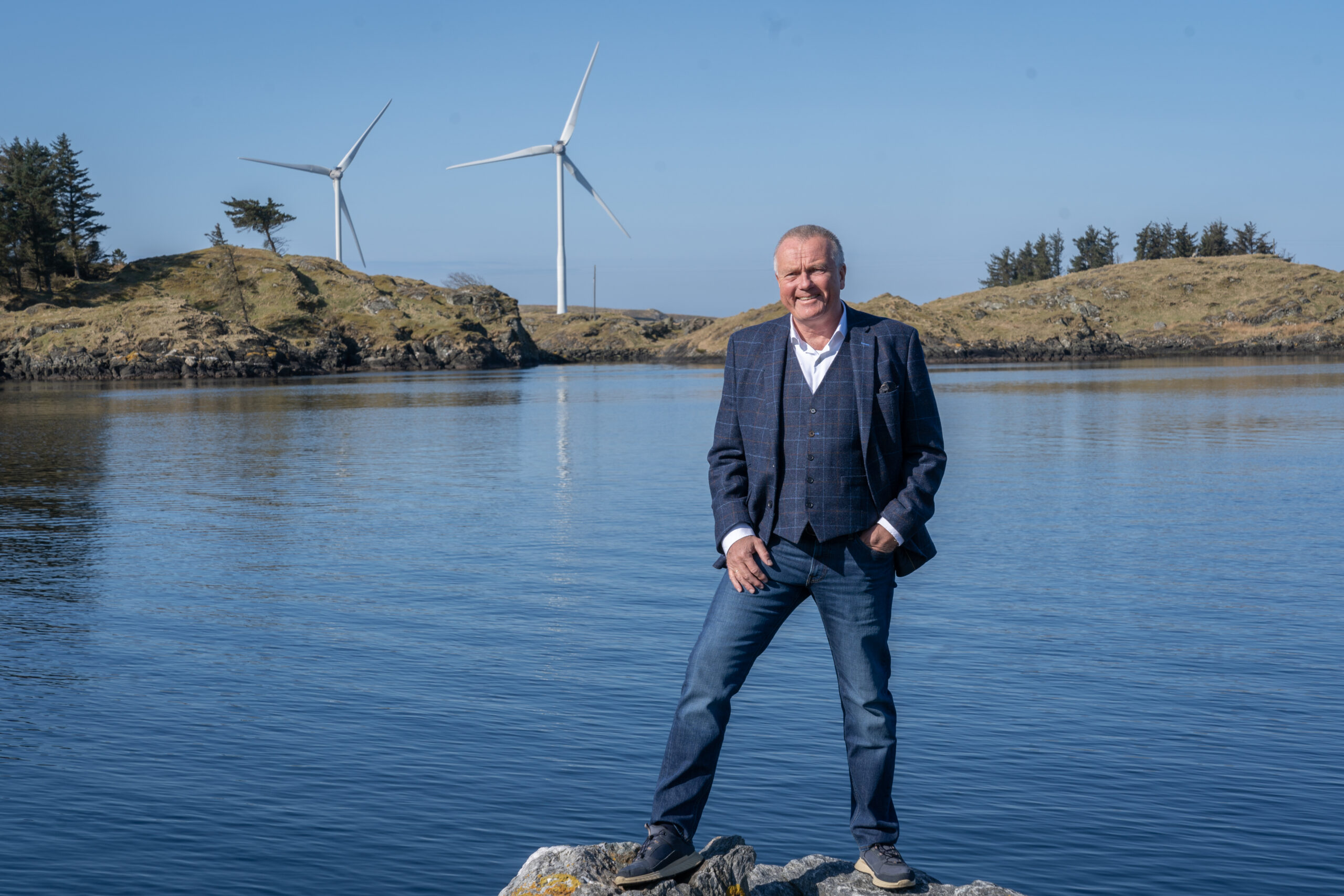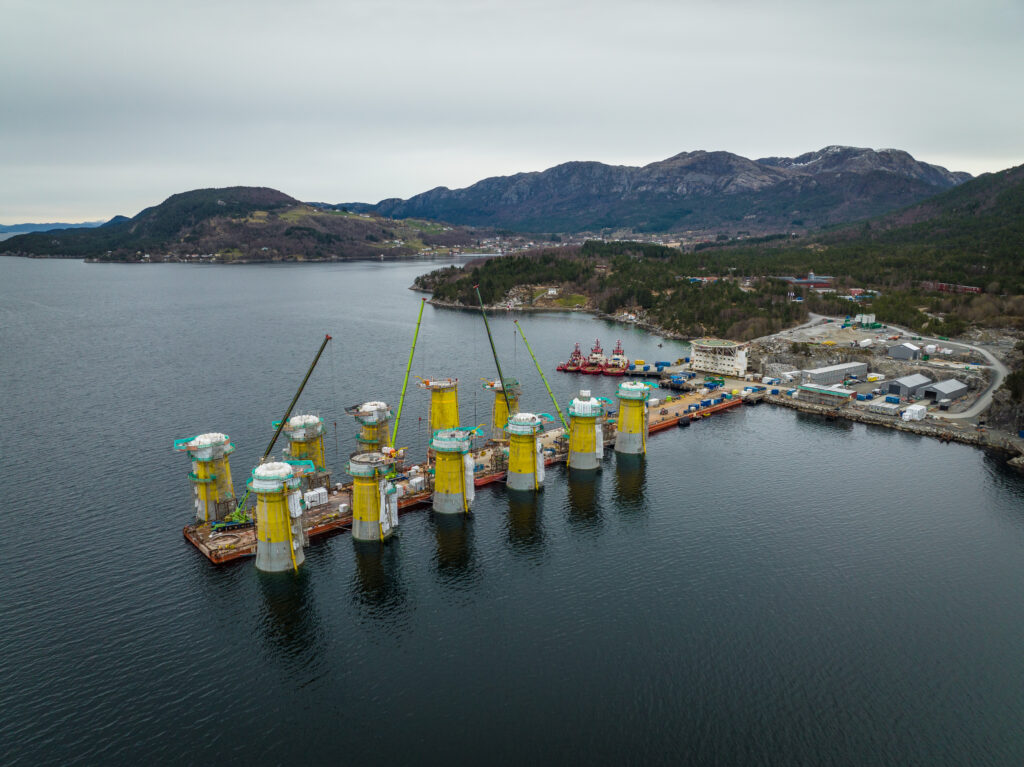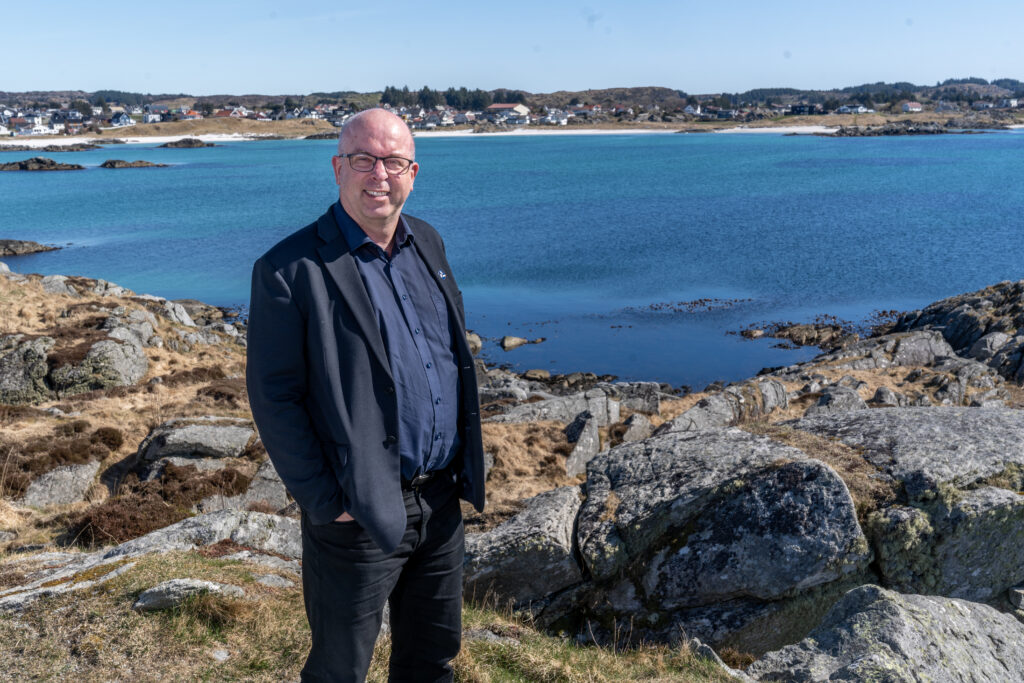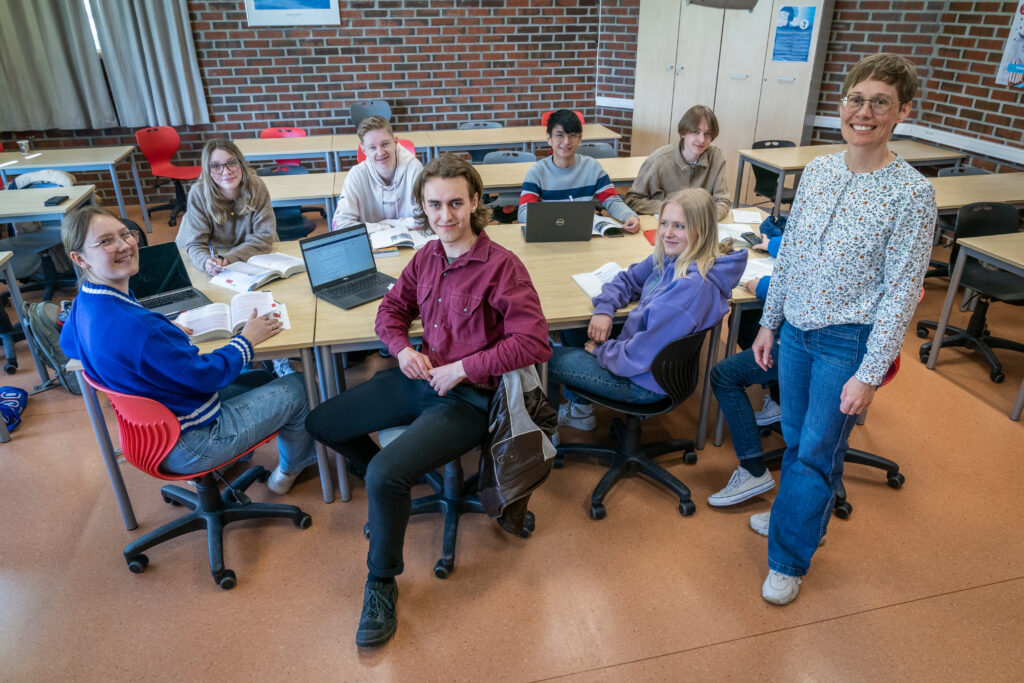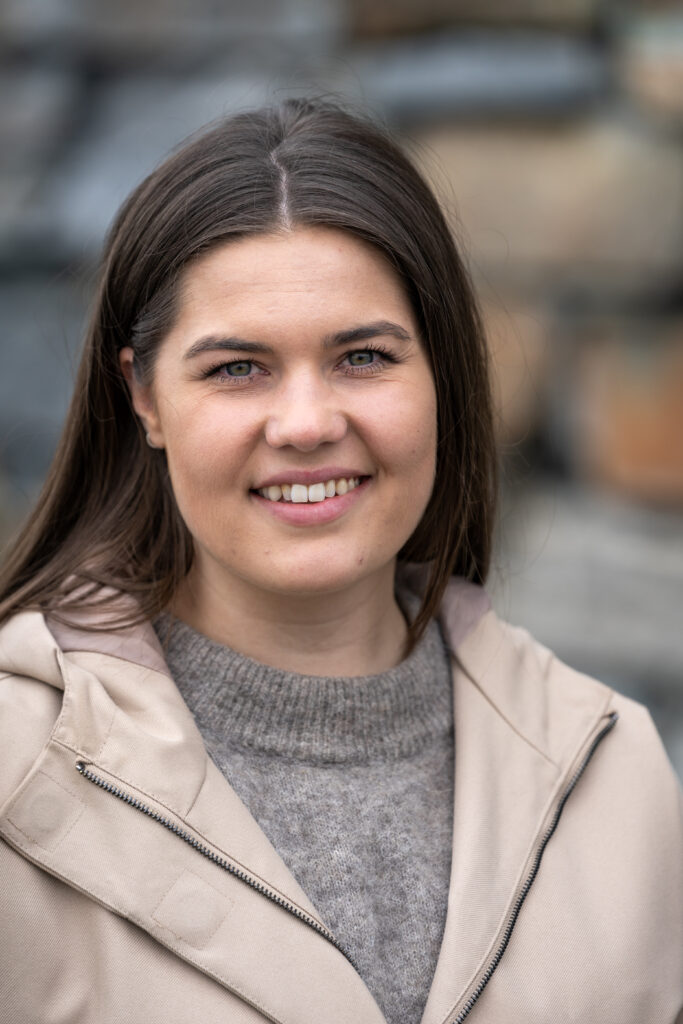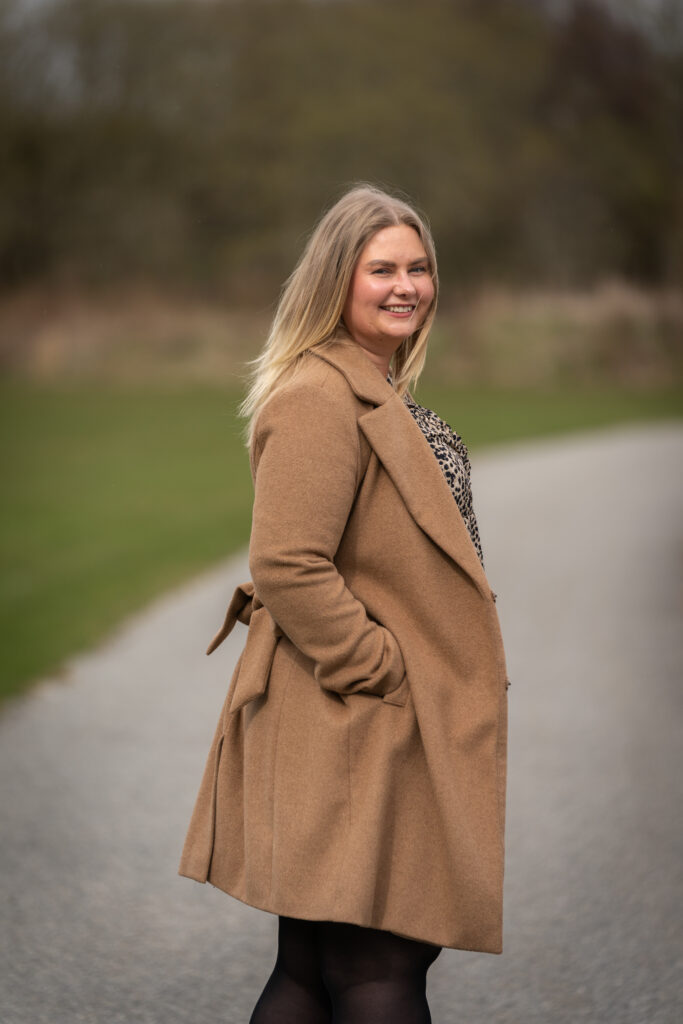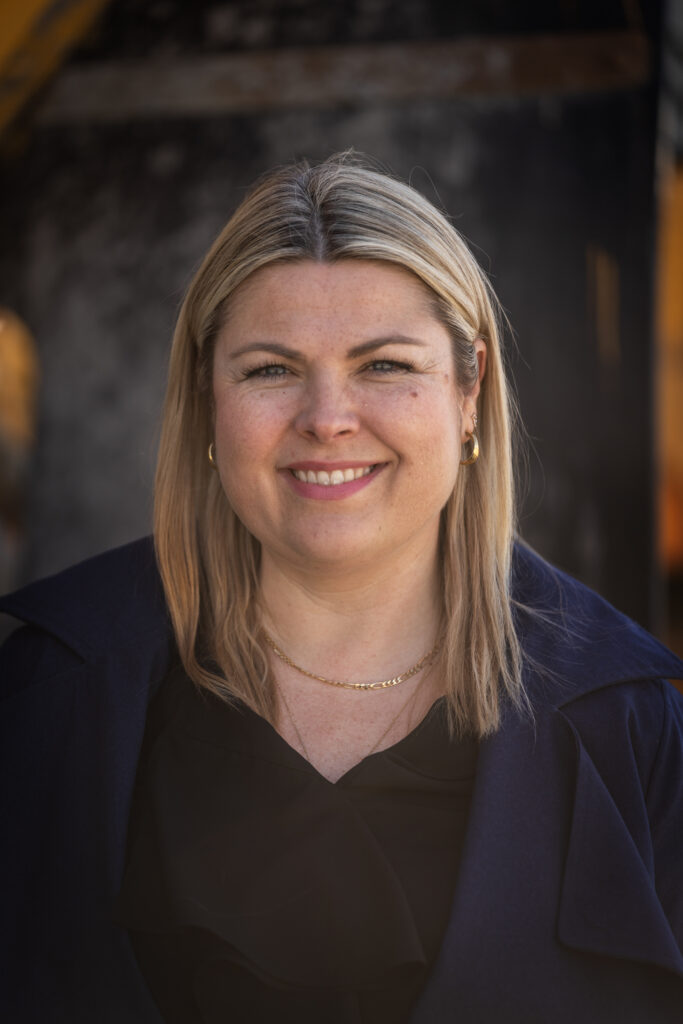Preface
Norway possesses the inherent advantages necessary to emerge as a leading nation in the field of floating offshore wind. Its extensive coastline, stretching from Lindesnes in the south to Nordkapp in the north, is blessed with consistent and reliable wind resources. The varying wind patterns along the coast, with calmer winds in the north when strong gusts blow in the south and vice versa, further amplify the nation’s wind energy potential.
Among the offshore wind regions in Norway, Haugalandet and Sunnhordland naturally stand out as a central hub for the country’s offshore wind development. This region enjoys a unique geographical position along the North Sea basin, characterized by sheltered deep fjords that offer optimal conditions for the production and assembly of offshore wind turbines. Additionally, its close proximity to Utsira Nord, Norway’s inaugural floating offshore wind area located merely 7 km from Utsira Island, further solidifies its status.
The region boasts a highly competent and relevant supplier industry, shipyard industry, forward-thinking shipping and subsea industry, and an ambitious port company. The collective business community in the region exhibits a shared commitment to investing in the future. Furthermore, the Marine Energy Test Centre (METCentre), the world’s leading test center for floating offshore wind and renewable energy production at sea, along with Norwegian Offshore Wind, are located in this region. The Haugalandet region and Sunnhordland’s position as Norway’s premier offshore wind hubs have been confirmed by the Federation of Norwegian Industries’ report on delivery models for offshore wind.
Since 2007, the region has demonstrated a focused approach to the offshore wind segment. Several key industry players in the region currently hold prominent international positions within their respective fields.
Considering Norway’s strategic plans for offshore wind development and the region’s inherent advantages, the municipalities in the Haugalandet region harbor high ambitions for regional offshore wind initiatives. The recently adopted offshore wind strategy for Utsira Nord 2023-2030 sets the goal for the region to achieve the highest job growth in the country within the offshore wind sector.
The region boasts an exceptionally high workplace density in the supply industry for the petro-maritime sector, with a density nine times higher than the national average. The offshore wind development presents a unique potential and opportunity to transition workplaces towards sustainable practices. Leveraging existing experience and expertise, the development of Utsira Nord serves as a steppingstone to empower the supplier industry to cultivate expertise and sustainable competitive advantages in the international offshore wind market.
The Land of Opportunities
The Norwegian Prime Minister, Jonas Gahr Støre, recognizes the same potential and emphasizes that Norway’s success hinges on the successful offshore wind development in Western Norway. Today’s head of state has grasped what previous leaders also understood—the opportunities lie within this region.
In fact, one could argue that this understanding predates the birth of Christ. Simplifying the narrative, we trace it back to the Viking era, when these seafaring people recognized the possibilities presented by Haugalandet—the land of opportunity itself—over a thousand years ago.
At that time, there was no unified country known as Norway. Instead, this part of Scandinavia comprised numerous small kingdoms ruled by chieftains, princes, earls, and petty kings.
While the exact origins and development of the idea remain elusive, we can affirm that the innovative Vikings, in the late 7th century, laid the foundations for a revolution in business development and nation-building through a remarkable invention that harnessed the power of the wind. They adorned their ships with masts and sails.
With the development of these ships, known to most as Viking ships, they navigated the world far more efficiently than ever before. During their journeys, the Vikings brought back knowledge, political ideologies, military strategies, material resources, new techniques in craftsmanship and agriculture, and an entirely new religion—essential elements in the process of unifying Norway into a single kingdom.
What about King Harald Fairhair himself? Following the Battle of Hafrsfjord, a few nautical miles south along the coast, he recognized the immense opportunities presented by the Haugalandet region. It was there that he settled—specifically at Avaldsnes on Karmøy—and established his primary royal estate, thereby commencing the construction of the new nation.
Harald Fairhair and other Viking kings comprehended the potential held within the Haugesund region. This realization has echoed throughout history. Taking leaps through the centuries, we witness the entrepreneurial spirit and the power of innovation once again in the individuals who propelled the fisheries, shipbuilding industry, and shipping industry forward. They too recognized the abundant opportunities offered by the Haugalandet region and, through individual and collective efforts, ascended to become global leaders in their respective domains. This played a significant role in establishing Haugesund as Norway’s maritime capital.
Now, we witness history repeating itself in the Haugalandet region. The world’s first floating offshore wind turbine was erected here on the western side of Karmøy, a short distance from Harald Fairhair’s royal estate at Avaldsnes. It was also in this region that the technology giant Google chose to test its wind turbines. The surrounding environment, encompassing the test center west of Karmøy—the Marine Energy Test Centre (METCentre)—is now recognized as a world-leading research center for floating offshore wind.
The Viking kings understood it. Google understood it. The opportunities lie here, where ideas are conceived, nurtured, and transformed into reality. The Haugalandet region is undeniably the land of opportunity.
As political leaders in the ten municipalities of the Haugalandet region, we stand united in our commitment to facilitating collaborative efforts for actors interested in establishing businesses related to offshore wind development in the North Sea basin. The region boasts a long-standing tradition of close cooperation and joint ventures that transcend political divisions. We strive to provide a stable and supportive framework for a business community with generations of experience in international cooperation.
The Mayors of the Haugaland region
Karmøy, Haugesund, Tysvær, Vindafjord, Bokn, Utsira, Etne, Sauda, Suldal and Sveio






